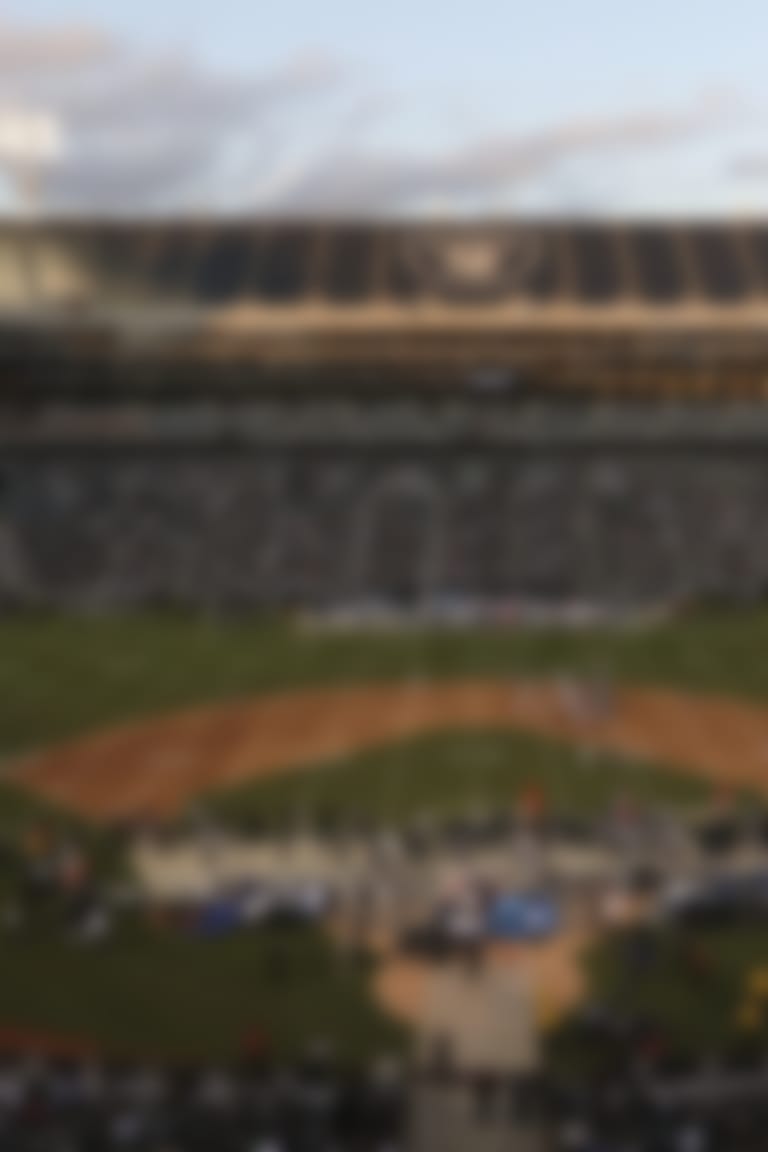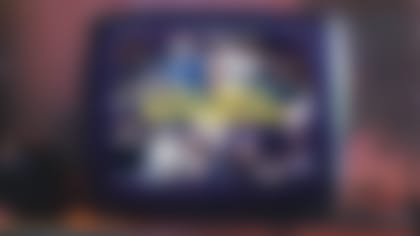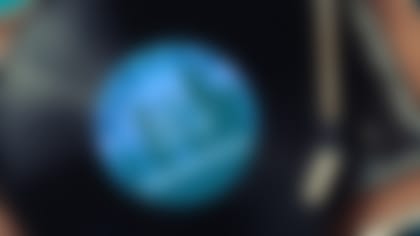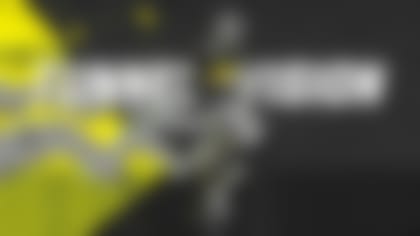Days from playing their final home game in California, the Oakland Raiders wave a bittersweet farewell to a city that backed them through dark days and bright
By Marc Sessler | Published Dec. 10, 2019
Come to sunny California,
Come at once -- make no delay.
Build your homes in charming Oakland,
Gem of San Francisco bay.
When you come you'll join with Sheba's
Far-famed royal queen of old
And proclaim in words of rapture
That the half has not been told.
The name-dropping of a Biblical queen from Ethiopia is noted in J.W. Dutton's poem published in The Oakland Tribune on May 1, 1907, but Dutton's "the half has not been told" gets closer to prophecy worthy of Old Testament lore. The city's true gem was still in the making, decades away from becoming a thing -- but a thing it would become:
The Raiders of Oakland.
A pro football team born in the ebb-and-flow fires of the AFL -- tinged initially with threats of bankruptcy -- only to morph into a rough-and-tumble underdog puncher predestined to permanently rock the 100-year-long storyline of the NFL.
When Gary Oldman took on the part of Lee Harvey Oswald in Oliver Stone's JFK, his world altered after digging into the hidden nooks and vast meadowlands surrounding the death of a president. Poring over books and memos and deep-diving into the mystery with his own eyes, the actor emerged in a mesmerized state, telling people: "The subject is so vast, you get completely sucked in. A friend of mine said that it was better than a relationship."
Oakland's flight with the Raiders has nothing to do with school book depositories or bullets that are magic, but the relationship part -- better than a relationship -- applies. The deeper you dig, the farther you fall into a swirl of city-love madness saved exclusively for an underdog troupe set apart from the big-burgh operations out of New York, Chicago or Dallas -- not to mention next-door neighbor San Francisco.
The story of the Oakland Raiders -- set to play their final game ever in the Coliseum this Sunday against the Jacksonville Jaguars -- is rooted in a passionate affection between city and team. Something that should render Las Vegas, the club's new home, as a guarded love interest for years to come. Not because the team's new setup in the desert won't offer every possible perk and amenity -- it certainly will -- but because the gravitational and spiritual forces tying the Raiders to Oakland will never be topped by another.
The more one mines into the nuances of this relationship, the more it becomes apparent: Oakland and the Raiders are linked by a mythology that channels back to pre-merger worlds that serve today as the very basis of the game we witness each Sunday. If the Packers and Green Bay feel psychically tied at the hip -- if the Bears of Chicago chart to October days of old -- then doubly so with the sacred bond between Silver and Black denizens and the Bay Area township where it all began.
The chants ring down in unison from those who lived inside this coupling from the start. Lived within it -- and crafted it -- on autumn Sundays in "charming Oakland" of old:
"You don't know when you're coming out of college and you're going to play pro football," said legendary Raiders linebacker Phil Villapiano, a second-round pick in 1971 out of Bowling Green who played for a decade in Oakland. "You could play in f------ Saigon or Fairbanks, Alaska. You're so excited to be a part of the NFL, that you'll play anywhere, you'll do anything. And I really didn't realize how cool Oakland was until I became a real citizen of Oakland, until I lived there, until I went out and shopped there, went out and drank beers there, met the people there and realized how cool of a place it was and how the guys that came before me set me up for just a love-fest."
YOU COULD PLAY IN F------ SAIGON OR FAIRBANKS, ALASKA. YOU'RE SO EXCITED TO BE PART OF THE NFL THAT YOU'LL PLAY ANYWHERE, YOU'LL DO ANYTHING AND I REALLY DIDN'T REALIZE HOW COOL OAKLAND WAS UNTIL I BECAME A CITIZEN OF OAKLAND Phil Villapiano
Today the names and legendary types come easily to mind. Epic men of Raiders lore flowing through movie projectors onto walls: Revealing the dancing, darting shapes of Marcus Allen weaving through Redskins defenders for 191 ground yards in a merciless romp of Washington in Super Bowl XVIII. Previous to that 13-year sojourn in Los Angeles, the memory-stamp of joyful coach John Madden carried off the field after downing Minnesota in Super Bowl XI -- the emotional capping of an eight-year journey too often sullied in the postseason by an archrival Steelers outfit dueling for glory in the AFC.
The Raiders are the constant subject of football's love-poetry -- The Autumn Wind is a pirate / Blustering in from sea / With a rollicking song, he sweeps along / Swaggering boisterously -- made all the more emphatic through the decisive, imaginative, zero-boundary-dreamland leadership of Al Davis, who morphed a sickly, toying-with-bankruptcy AFL outfit into the NFL's happy-go-lucky super-villain: A powerful force roasting opponents on the grass-and-dirt surface of the Oakland Coliseum when not sailing on to distant shores to wreak ultra-havoc with a grin.
He growls as he storms the country,
A villain big and bold.
And the trees all shake and quiver and quake,
As he robs them of their gold.
There is nothing in sports like the image of those storied Raider plunderers sweeping in to dissemble cowed signal-callers, blow up hapless ground-churners and separate unsuspecting pass-catchers from the ball.
And while all this history unfurled successfully for a time in Los Angeles, nothing we imagine and feel about the Raiders would have been possible without Oakland -- oft-drowned out by the lights and call of San Francisco, but cut from a cloth utterly unknown to any other gridiron home-front. Oakland will soon be a city with no team. A few decades from now, its impact will fade as all bright lights eventually do. But at present, the world is still filled with those who remember this link as something unmistakably ideal, mysterious and symbiotic. The way your grandparents fell in love and endured tough American times for six decades and then passed away within months of each other because the separation removed all meaning of life from either side. Stories from an NFL landscape bathed in something different, nearly holy and from the past. An irreplaceable golden light from afar.














